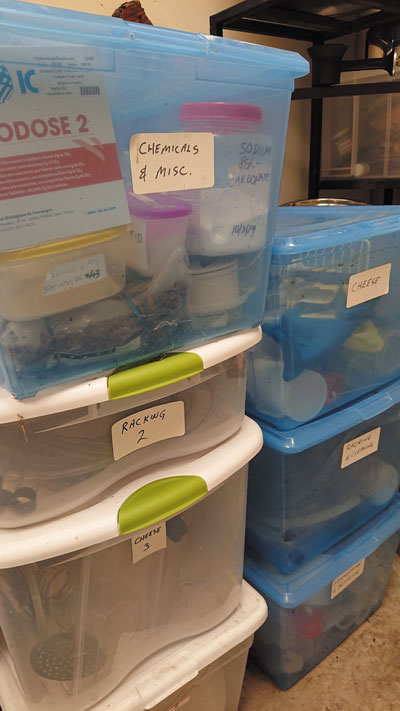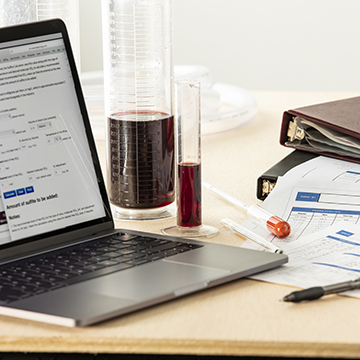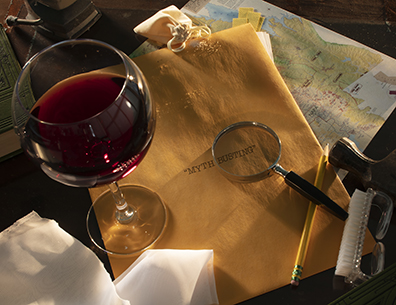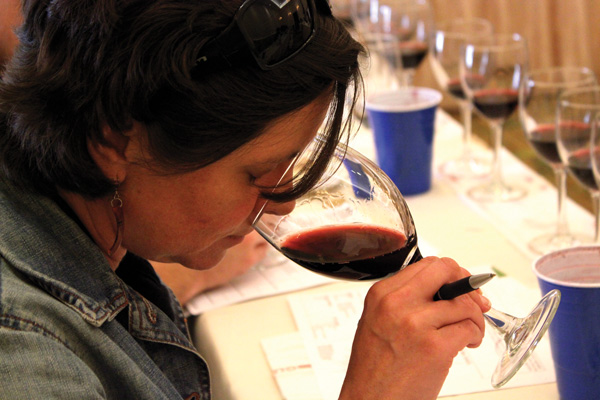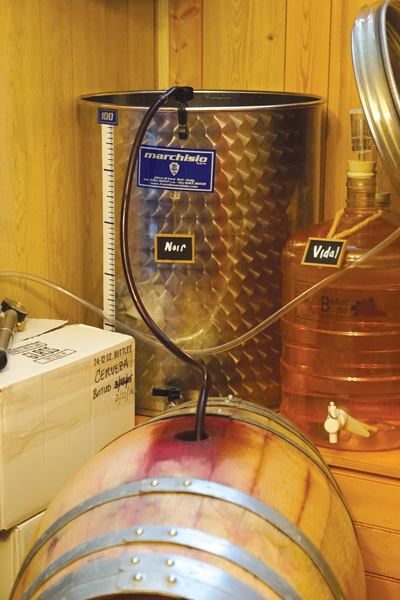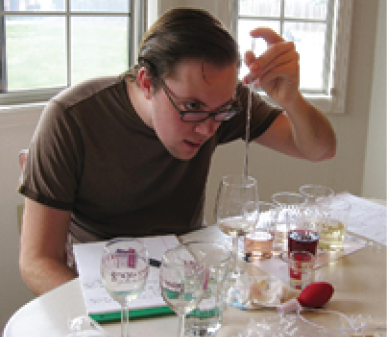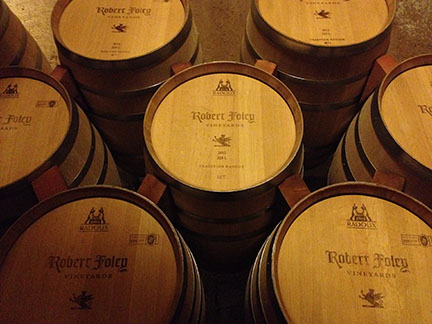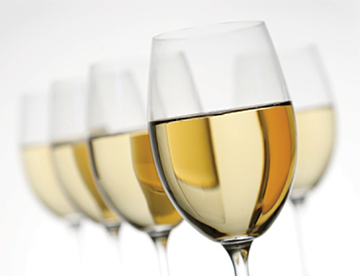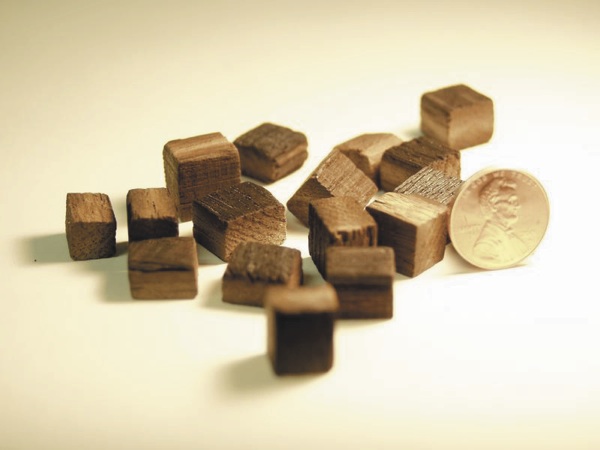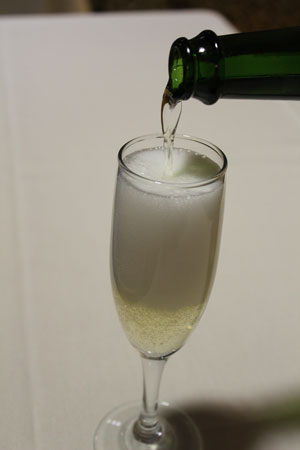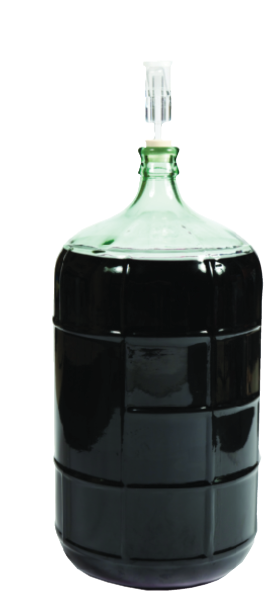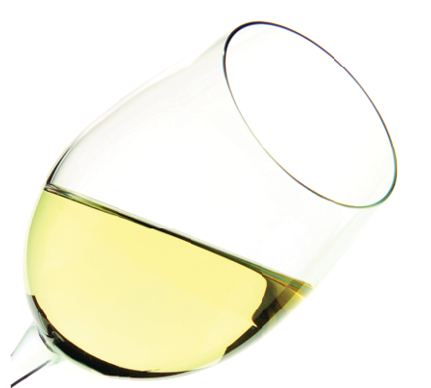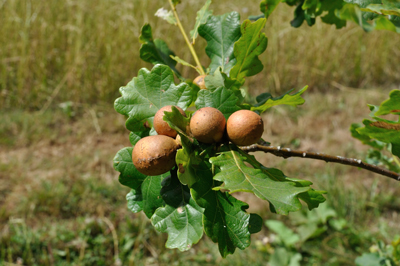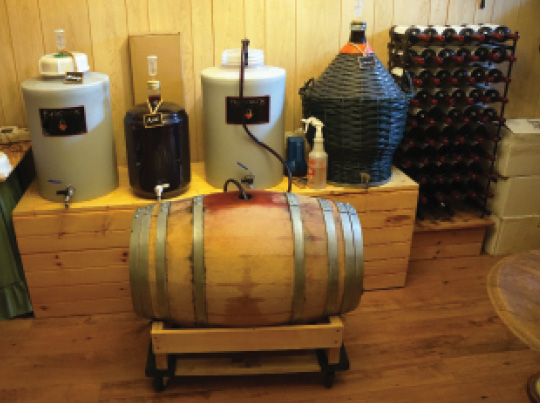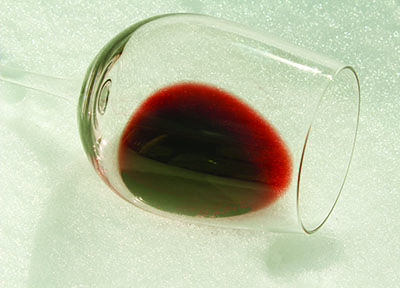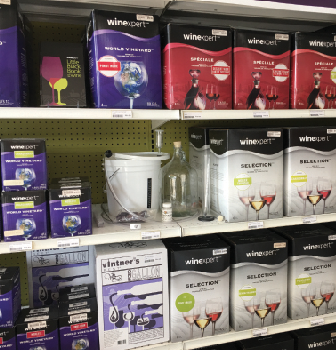Topic: Winemaking Tips
Malolactic Fermentation After Cold Stabilizing
I always think it’s wonderful when people can do a “natural” cold stabilization over the winter months. It’s an incredibly intuitive and very old-fashioned, non-interventionist way to accomplish a key winemaking task.
The Winemaker’s Pantry: Supplies to keep on hand
For those that are regular winemakers, the accoutrements start to add up through the years. Here is a guide for folks to consider what things to keep in their “winemaker’s pantry,” their uses, and their shelf life.
Recording Notes Like a Pro
Keeping a very detailed log of each wine you make will allow you to track your wine’s daily progress from the vineyard to the bottle, and it is a great reference tool for the next time you want to make a similar wine or if you need to troubleshoot any problems.
Fact Check: Winemaking Edition
Winemakers often read tips online, get advice from a friend, or are passed down knowledge from ancestors who have been making wine for generations without ever questioning the validity of the information. It’s time for a fact check.
Volatile Acidity: A little goes a long way
Many wine aficionados view volatile acidity (VA) as a very fine line between a good thing and a bad thing. Find out ways to control VA so that you can walk that line between a wine boost and a wine defect.
Racking Strategies: Why and when to employ
While racking may seem like a tedious task at times, its impact on a wine can be profound. Learn some of the techniques that you can use and the decision-making process winemakers should consider before each racking cycle.
Stabilizing Whites
Indeed, a pH of 2.9 is really low, even for a Sauvignon Blanc, and I think I would definitely de-acidify in that case. With deacidification you’ll always get some kind of precipitation;
5 Do’s and 5 Don’ts: Wine Wizard
Dear Wine Wizard, I’ve been making wine for about a year now and I’m wondering if you’d be willing to help me out with a wrap-up of some of your winemaking wisdom.
Best of Show Tips
While none of the three panelists for this “Tips from the Pros” column are actually pros, their knowledge is second to none. We’ve accumulated three “Best of Show” winners from the 2019
Blending Fruit Wines
Country wines made with multiple fruit varieties can be blended prior to fermentation or after. Learn how two professional winemakers decide when to blend, as well as the other considerations they account for when making these lovely summer sippers.
Dealing With Persistent Sediment
Goodness, you’ve got a persistent sediment source in your wines that’s for sure. You’ve removed the gross particles by racking and filtration.You’ve cleared out proteins by using bentonite. You’ve taken out excess
Softening The Wine
Before I launch into my information about gum arabic and related products, do take a minute to think that gum arabic may not give you the result you’re looking for. Gum arabic
Winemaking Tips from Robert Foley
He’s been called the “God of Cabernet,” been named the Winemaker of the Year, and has produced “virtually perfect” wines, according to wine critics. Now, Robert Foley shares his best advice on how you can make the best wines at home.
Finishing For Whites and Rosés
The time period leading up to bottling day is the time winemakers need to take advantage of last minute adjustments and additions. Bob Peak takes readers on a spin through some techniques that winemakers can use before bottling white and rosé wines.
Topping Up & Oak Cubes
Q I am a novice home winemaker and have been contemplating making the move from carboy and bottle-aging to barrel-aging some of my reds. It is my understanding that a new barrel
Sparkling Wines: Tips From the Pros
This Valentine’s Day, wouldn’t it be great to break open a bottle of your own homemade bubbly? Learn from two winemakers producing highly acclaimed sparkling wines about the nuances of making them at home.
Avoiding The Winemaker’s Pitfalls
Learn key tips to avoid common winemaking pitfalls.
Increasing A Wine’s Mouthfeel
I feel ya! (Yes, pun intended.) Since I don’t have much space left in this column, let me break it down for you in bite-sized pieces. Much more food for thought and
Keys To Great White Wine
A beautifully crafted white wine is a thing of beauty. If done well, a winemaker can be drinking a very nice example 8 months after harvest, plenty enough to be sipping one
Using Tannins: Purposes, sources, and use in winemaking
Tannins can provide a wine with a lot more than just astringency. They can also be useful in white and rosé wines as well if used properly. Bob Peak gives a tour of the benefits of various tannin products available to hobby winemakers.
Bench Trials: Tips from the Pros
Get tips on performing bench trials at home from three pros who utilize bench trials at their day jobs.
Good Oxygen
Positive affects of oxidation? How can that be? Wine-makers know that oxygen negatively affects wine. A little oxygen, however, can actually be beneficial to your homemade wine. Two common winemaking practices that
Bad oxygen
We often read that air (and especially the oxygen it contains) is a wine’s worst enemy. Oxidized wine becomes devoid of subtle and fruity aromas that make it seem tired, as if
Wine Kit Questions: Water and Bubbles
“A letter is an unannounced visit, the postman the agent of rude surprises. One ought to reserve an hour a week for receiving letters and afterwards take a bath.” -Friedrich Nietzsche Man,
Passion Fruit Wine
Well, I will admit I have never made a passion fruit wine (living in Napa, those pesky grapes just seem to be the most convenient sugar source at hand) but I will
